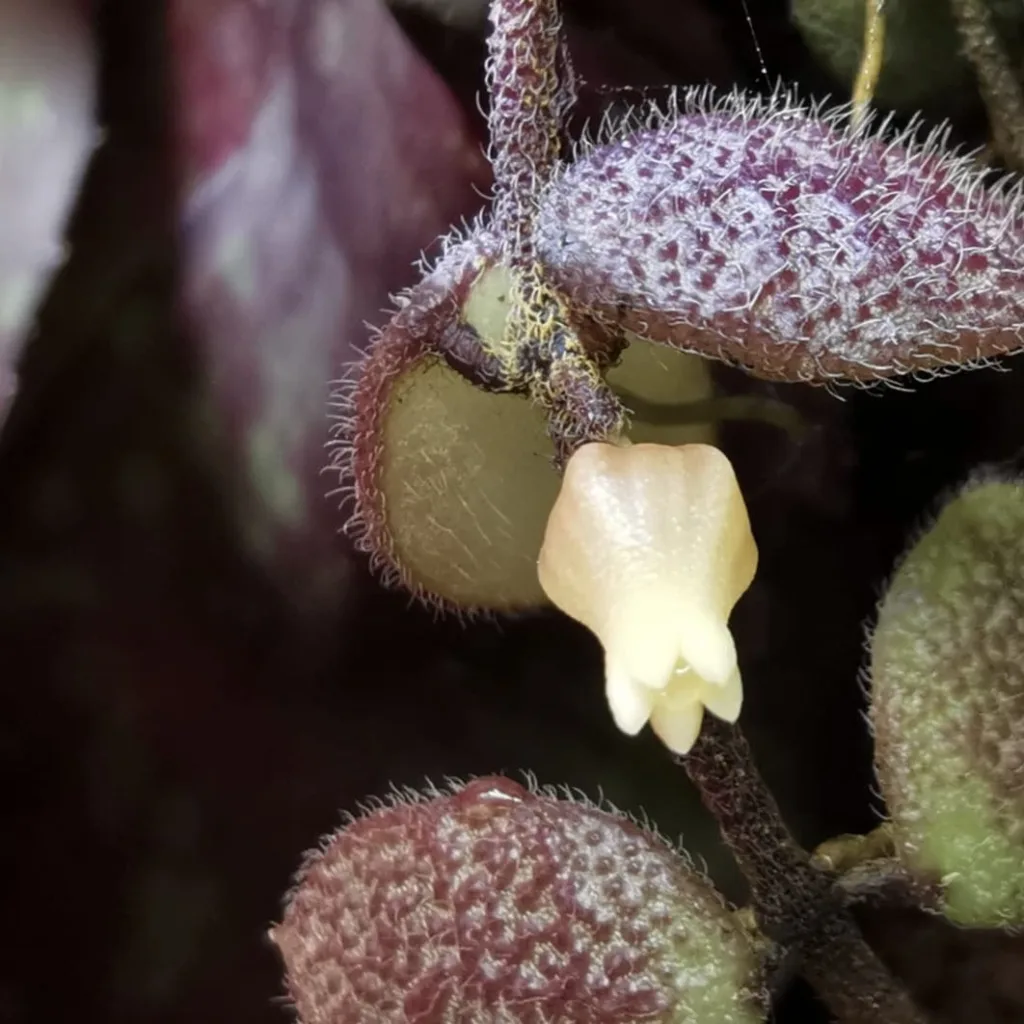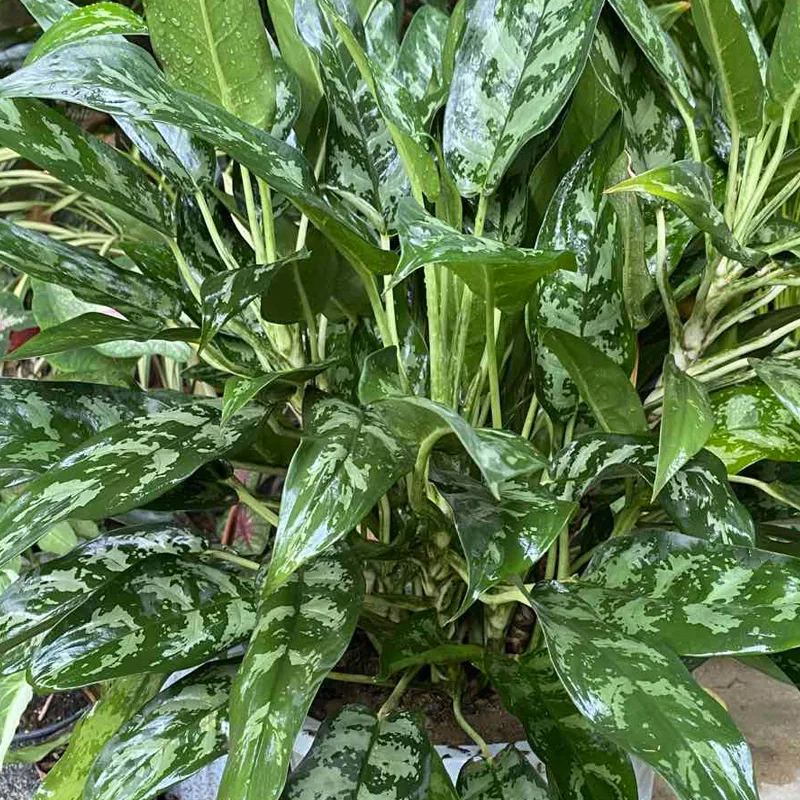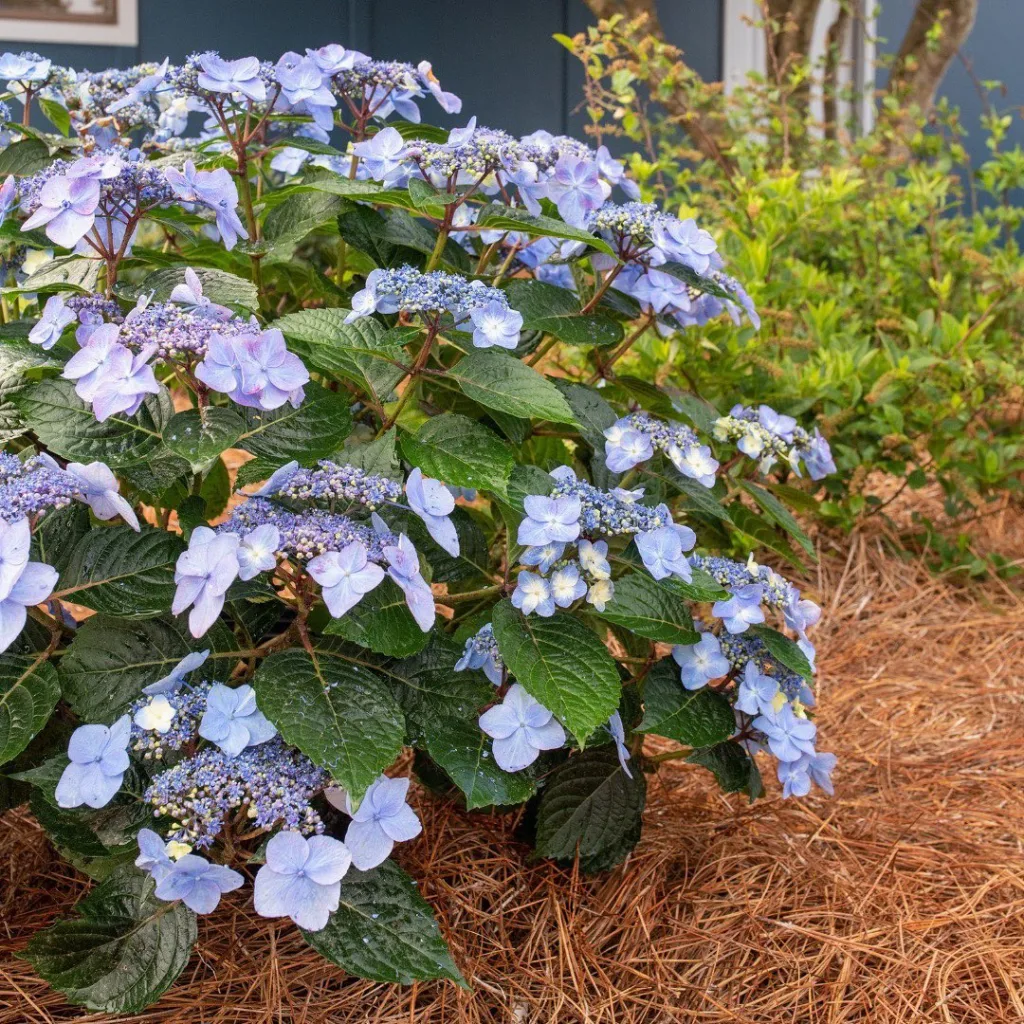Exploring the Ancistrocladaceae Family: A Journey into the World of Ancistrocladus
As a plant enthusiast, I often find myself captivated by the diversity of plant families and the unique characteristics that define them. One such family that has piqued my interest is the Ancistrocladaceae family, particularly the Ancistrocladus genus. This family, though lesser-known compared to others, offers an intriguing glimpse into the rich tapestry of plant evolution and adaptation.
Understanding the Ancistrocladaceae Family
The Ancistrocladaceae family comprises tropical climbing plants primarily found in the rainforests of Africa and Southeast Asia. The most notable genus within this family is Ancistrocladus, characterized by its climbing habit and intricate leaf arrangements. These plants thrive in humid environments and often develop unique adaptations that allow them to survive in their specific niches.
I first encountered Ancistrocladus while exploring a local botanical garden. The sheer beauty and uniqueness of the plant caught my eye. Its lush green leaves, often arranged in spirals, create a striking visual effect, making it a fascinating subject for further exploration.
Unique Characteristics of Ancistrocladus
Climbing Habit
One of the most fascinating aspects of Ancistrocladus is its climbing nature. The plants in this genus are known for their ability to scale trees and other structures, using their flexible stems and specialized leaves to latch onto supports. This climbing habit not only allows them to reach sunlight in dense forest canopies but also helps them evade herbivores that may prefer ground-level vegetation.
During my visits to various tropical regions, I’ve often observed how these plants ingeniously wrap around tree trunks, creating a stunning natural tapestry. The adaptability of Ancistrocladus is a reminder of nature’s creativity and resilience.
Leaf Structure and Arrangement
The leaves of Ancistrocladus are another striking feature. They are typically large, alternate, and have a leathery texture. Some species display a unique arrangement known as “distichous,” where leaves are arranged in two vertical rows along the stem. This arrangement maximizes light exposure and reduces shading from adjacent leaves.
I recall taking a close-up photo of an Ancistrocladus leaf, marveling at its intricate vein patterns and vibrant green color. The details in the leaf structure reflect the plant’s adaptation to its environment, showcasing nature’s artistry.
Ecological Significance
The Ancistrocladaceae family plays a vital role in its native ecosystems. As climbing plants, they contribute to the overall biodiversity of tropical forests. Their growth habits support a range of organisms, providing habitat and food sources for various species.
In my research, I found that Ancistrocladus species often interact with other plants, forming complex ecological relationships. For instance, their climbing nature allows them to compete effectively for sunlight while also providing shade for smaller plants below. This dynamic interaction highlights the interconnectedness of plant communities and the importance of each species in maintaining ecosystem health.
Cultivation and Uses
While Ancistrocladus species are primarily found in the wild, there is a growing interest in cultivating them in gardens and indoor spaces. Their unique appearance makes them attractive options for ornamental gardening. However, cultivating these plants requires specific conditions, as they thrive in warm, humid environments.
I’ve experimented with growing a few species of Ancistrocladus in my home garden, providing them with ample support and maintaining high humidity levels. Watching them climb and flourish has been a rewarding experience, reinforcing my appreciation for this family of plants.
Conservation Challenges
Despite their beauty and ecological importance, many species within the Ancistrocladaceae family face threats from habitat loss and climate change. Deforestation and urbanization are particularly concerning, as they lead to the destruction of the natural habitats where these plants thrive.
As an advocate for plant conservation, I believe it is crucial to raise awareness about the significance of families like Ancistrocladaceae. Protecting their habitats not only ensures the survival of these unique plants but also maintains the biodiversity that is vital for healthy ecosystems.
Conclusion: A Personal Reflection
In my journey exploring the Ancistrocladaceae family, I’ve developed a deep appreciation for the Ancistrocladus genus. Its unique climbing habit, striking leaf structures, and ecological significance highlight the beauty and complexity of our natural world. As I continue to learn and share my experiences with these remarkable plants, I hope to inspire others to appreciate and protect the diverse flora that enriches our planet.
Understanding the intricacies of plant families like Ancistrocladaceae not only enhances my gardening practices but also deepens my connection to the environment. I encourage fellow plant enthusiasts to explore this fascinating family and consider how we can contribute to the conservation of these extraordinary plants for future generations.
If i die, water my plants!



